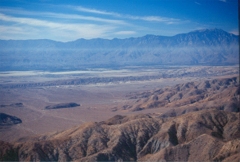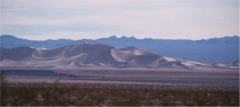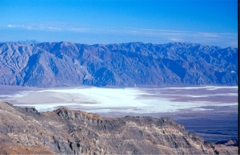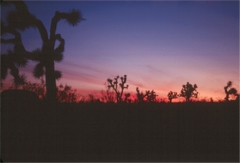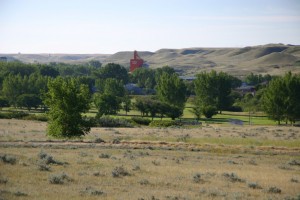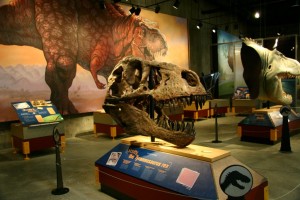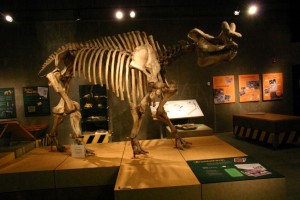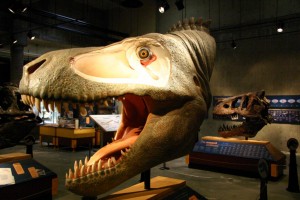Our fascination with gold is endless and enduring. Capitalizing on this interest, the city of Val D’Or has established the site at the old Lamaque Gold Mine as an industrial mining
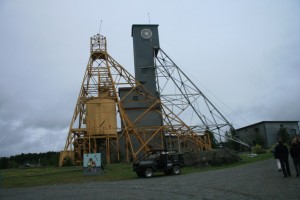
heritage. Funds, along with Federal Government grants are rapidly turning this abandoned gold mine into an exciting day trip into the past to see how the gold mine operated during its active years.
Here, you will have the opportunity to visit the mine, mine buildings, and the preserved home of the miners, and experience the ambiance of a real gold mine.
A visit to the Administration office shows you real samples of the gold ore, taken from the gold veins. Sometimes after viewing the samples you wonder what was it that looked so
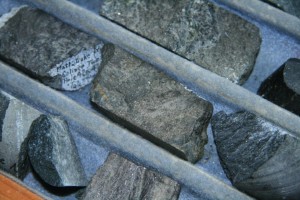
rich that it led to one of the richest mines in the area. In here are also a few of the old tools used by the miners and the geologists.
The Winch room shows the winch that acted as an elevator to carry miners down the shaft into the mine, and to lift out the tons of ore that the miners had wrenched from the solid rock. The shaft descended 1200 metres and the hoistman was in full command of the operation. He had to follow cage with the men, and know where the tunnels on each level were so he could let men off to go to work.
The Analytical building kept statistics on the ore’s quality. Samples of ore would be pulverized and melted and analysed to find how much gold was present. A technician shows the tour group how the ore was treated and you can see a casting being prepared from an ore sample.
When it’s time to enter the mine you are taken to a clothing room and suited up.
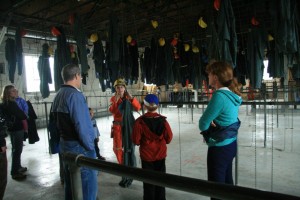
You see how your suit is lowered from a hook, you get your hard-hat, and a lantern and battery and taken to a mine vehicle to climb aboard. This odd looking vehicle has the driver sitting sideways to his direction of travel, which looks very strange, and must be difficult to do. There isn’t much time to think about it because you soon enter the mine portal and begin to descend 91 metres to an old working level of the mine. In this old working level you see the drills that drilled the rock, and the strange power shovel that loaded the broken ore onto the ore carts. Here, too, you wander along the darkened mine wall and perhaps ponder on the profession of a miner.
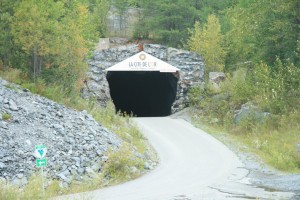
Once back on the surface you can tour Bourlamque’s Mining Village using an portable tape player that tells stories about the various buildings. These are still occupied home and are painted nicely and look very well cared for.
After your tour of the mine’s facilities you will understand what goes on beneath some of the strange mining buildings you see as you travel the north country. There are a small number of electrically service RV sites so it’s a convenient place to visit, and see the town.
Happy RVing!
For more than four decades James Stoness has travelled the roads of North America, photographing and writing about what he has seen. His travel articles and beautiful pictures have been published in several magazines and newspapers. He is also the author of five western novels. Visit his website at: www.stonesstravelguides.com
